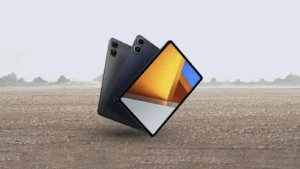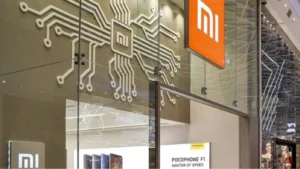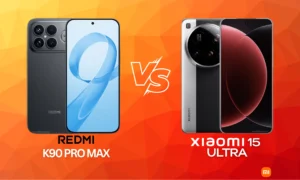Top 5 Xiaomi, Redmi & Poco Phones Sold in Ireland
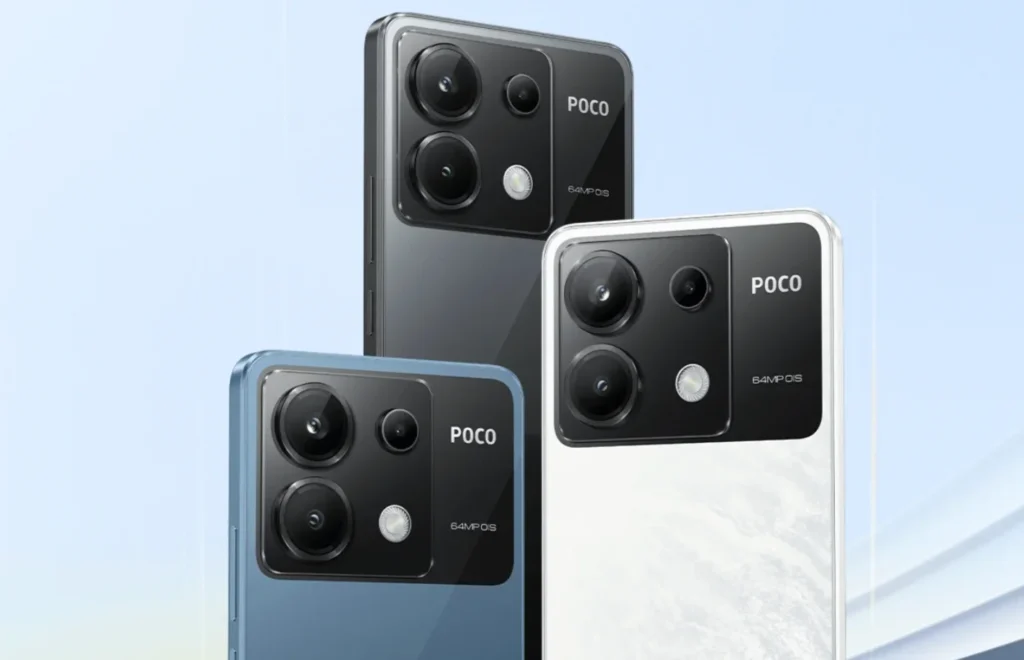
Ireland’s Top 5 Best-Selling Xiaomi, Redmi, and Poco Smartphones: A Look at the Brand’s Success
Xiaomi, along with its sub-brands Redmi and Poco, has become a household name in the smartphone world, and Ireland is no exception. With an unbeatable combination of advanced technology, competitive pricing, and a focus on consumer needs, this Chinese brand has rapidly gained traction in the European market. In this article, we’ll dive into the top five best-selling models from Xiaomi, Redmi, and Poco in Ireland, taking a brief look at the local market, the brand’s penetration, and the opportunities that lie ahead. Get ready to discover why Xiaomi is winning hearts (and wallets) across the Emerald Isle!
The Irish Smartphone Market: A Competitive Arena
Ireland is a dynamic smartphone market, where giants like Apple and Samsung have dominated for years, especially in the premium segment. However, in recent years, brands like Xiaomi have made a strong impact, offering high-quality devices at affordable prices. This appeals to both younger demographics and value-conscious consumers. Recent data indicates that the European smartphone market grew by 5% in 2024, with notable demand for mid-range and entry-level devices – a segment where Xiaomi shines thanks to its Redmi and Poco sub-brands.
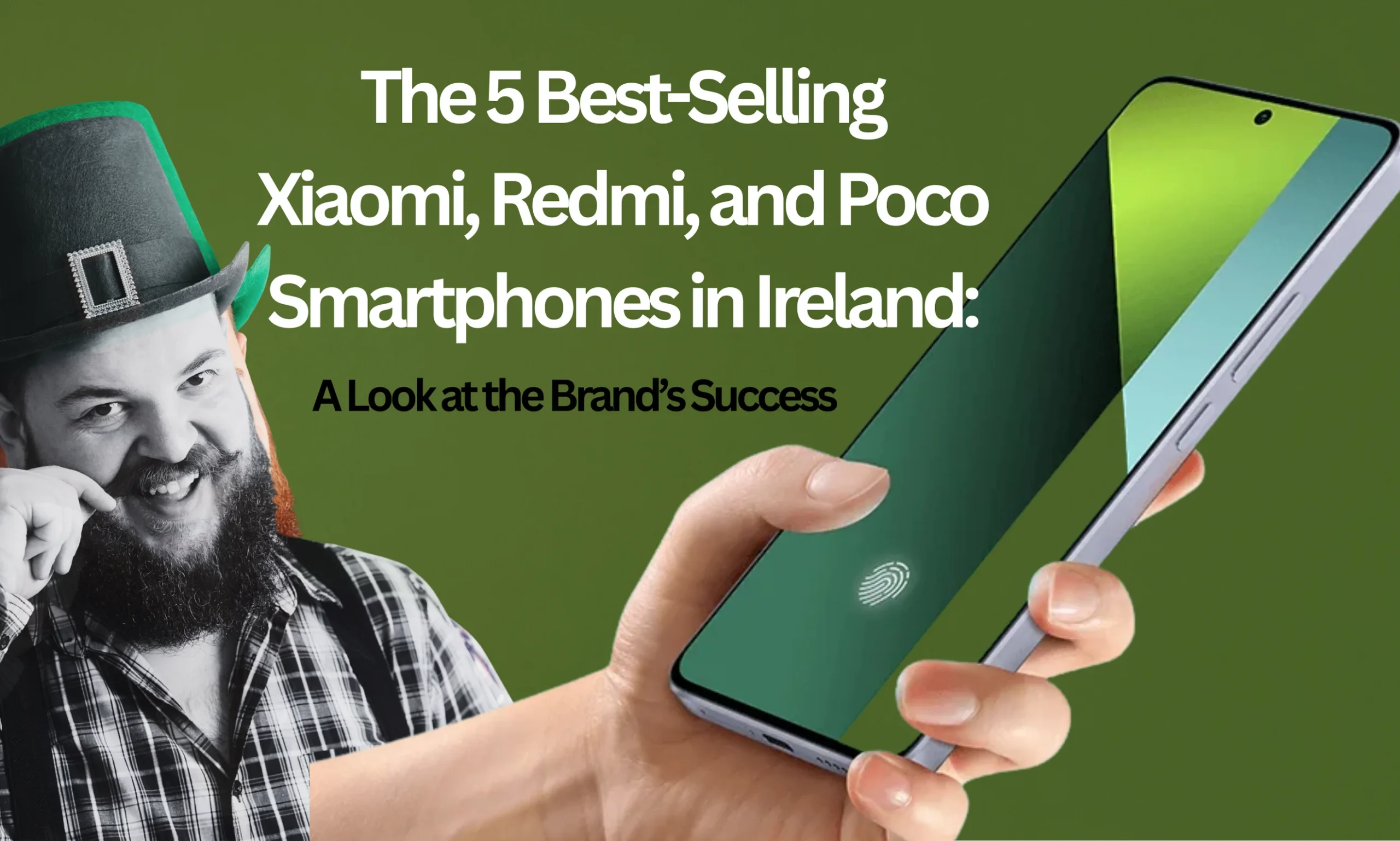
Xiaomi has capitalised on this trend with models that blend powerful specs, modern designs, and accessible price tags, making them ideal for a market like Ireland where consumers appreciate innovation without breaking the bank. The brand has achieved significant penetration in Europe, holding the third spot in smartphone shipments in 2024 with a global market share of 12.9%. In Ireland, Xiaomi has benefited from a growing acceptance of Chinese brands and its expansion across both online and physical sales channels.
Ireland’s Top 5 Best-Selling Xiaomi, Redmi, and Poco Models
While specific sales figures for individual models in Ireland aren’t readily available, we can infer the most popular devices based on European trends, market reports, and the popularity of the Redmi and Poco sub-brands, which are renowned for their focus on the mid-range and entry-level segments. Here are the five models that, based on regional trends, have captured the attention of the Irish market:
| Model | Key Features | Approximate Price (EUR) | Why It’s Popular in Ireland |
|---|---|---|---|
| Redmi Note 13 Pro 5G | 6.67″ AMOLED Display, 200MP Camera, Snapdragon 7s Gen 2, 5100 mAh Battery | 300-350 | High-quality camera and excellent value for money |
| Poco X6 5G | 6.67″ AMOLED Display, Snapdragon 7s Gen 2, 64MP Camera, 67W Fast Charging | 250-300 | Perfect for youngsters and gamers due to its power and price |
| Xiaomi 14 | Snapdragon 8 Gen 3, 50MP Leica Camera, 6.36″ AMOLED Display, 90W Fast Charging | 800-900 | Compact flagship with outstanding cameras |
| Redmi 13C | 6.74″ Display, MediaTek Helio G85, 5000 mAh Battery, 50MP Camera | 150-200 | Ideal for users seeking an budget-friendly phone |
| Poco F6 | Snapdragon 8s Gen 3, 6.67″ AMOLED Display, 50MP Camera, 90W Fast Charging | 400-450 | Great performance for gaming and intensive use |
1. Redmi Note 13 Pro 5G
The Redmi Note series is Xiaomi’s crown jewel, and the Redmi Note 13 Pro 5G is a firm favourite in Ireland. Its 200MP camera delivers crisp photos, even in low-light conditions. The 6.67-inch AMOLED display and long-lasting battery make it an ideal choice for those seeking a versatile device without spending a fortune. This model has been a key player in the mid-range segment, attracting students and young professionals alike.
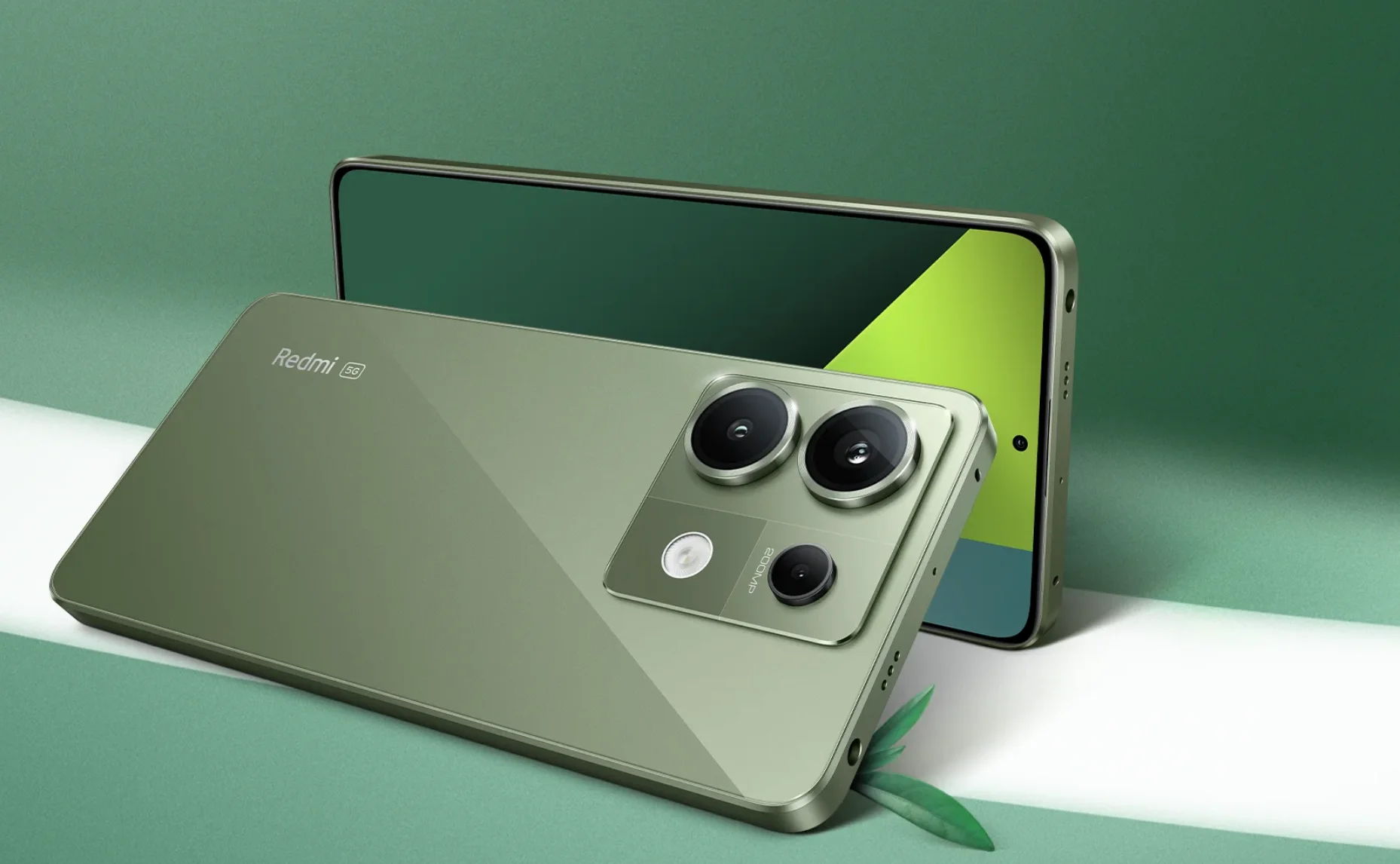
2. Poco X6 5G
The Poco X6 5G is a bit of a sibling to the Redmi Note 13 Pro 5G in terms of specs, but with a more youthful, gaming-focused appeal. Its Snapdragon 7s Gen 2 processor and competitive price point make it perfect for those who want power without the premium price tag. In Ireland, this model has gained popularity among mobile gaming enthusiasts and anyone looking for an affordable 5G phone.
3. Xiaomi 14
For those who crave a compact flagship, the Xiaomi 14 is an outstanding choice. Powered by the Snapdragon 8 Gen 3 processor and featuring a Leica-tuned camera, this model directly competes with premium giants like Apple and Samsung. In Ireland, where consumers appreciate high-end devices, the Xiaomi 14 has found a niche among those who want a powerful phone but something a bit more manageable than the ultra-large models.
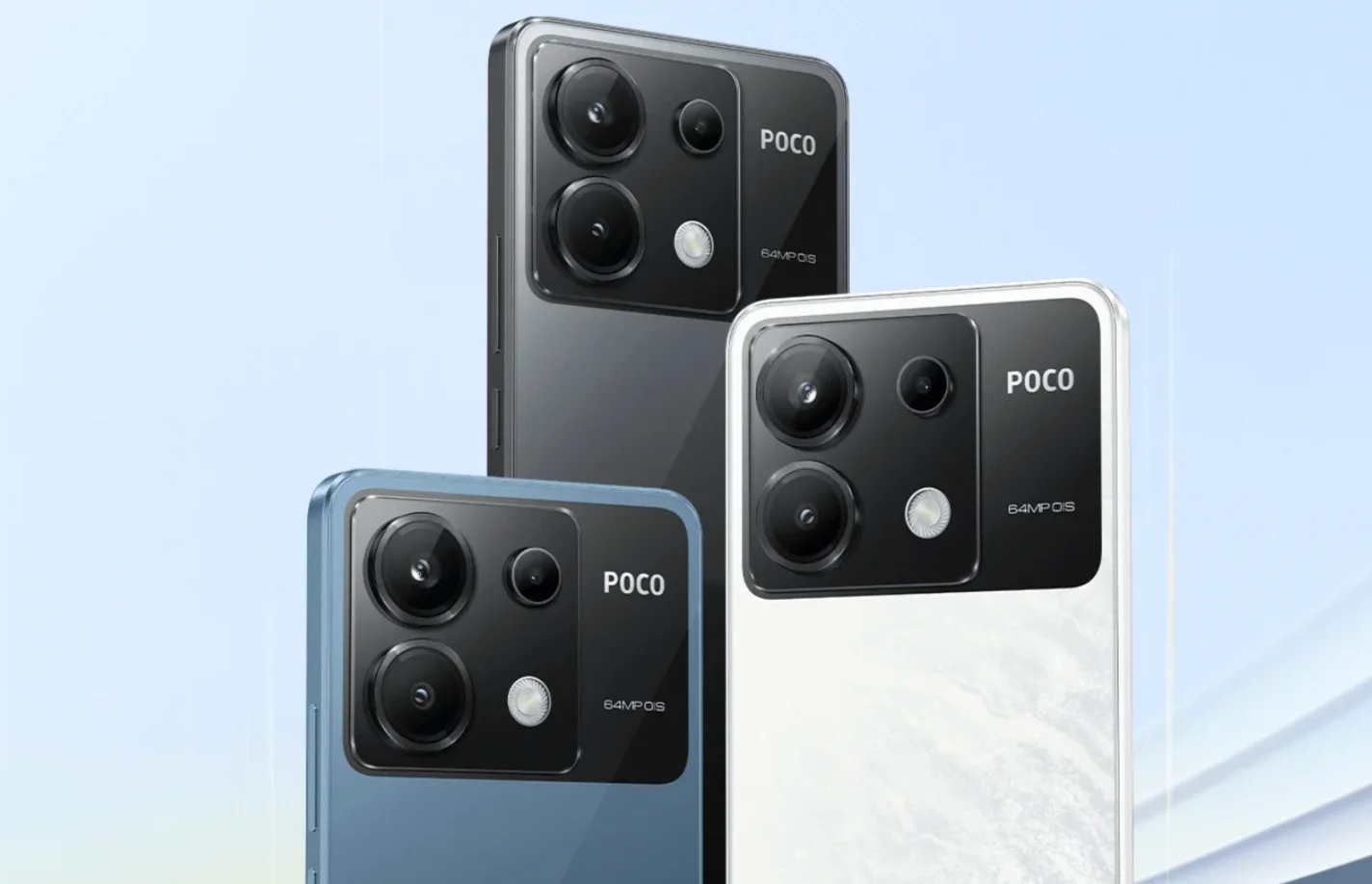
4. Redmi 13C
The Redmi 13C is the go-to option for anyone seeking a basic yet reliable smartphone. With its massive 5000 mAh battery and a decent 50MP camera, this model is perfect for users who prioritise battery longevity and a low price point. In Ireland, it’s been well-received in the entry-level segment, particularly in more rural areas where affordability is a key consideration.
5. Poco F6
The Poco F6 is a performance powerhouse, designed for gamers and demanding users. Its Snapdragon 8s Gen 3 processor and 120Hz AMOLED display offer a buttery-smooth experience, while its pricing keeps it accessible. In Ireland, this model has caught the eye of tech enthusiasts looking for a beast of a device without the traditional flagship price tag.
Xiaomi’s Penetration in Ireland
Xiaomi has achieved notable penetration in Ireland by consistently offering high-quality devices at competitive prices. While Apple and Samsung still dominate the premium segment, Xiaomi has firmly established itself as a leader in the mid-range and entry-level categories, where demand has seen significant growth. The brand has invested in partnerships with local carriers and e-commerce platforms like Amazon, which has streamlined access to its products. Furthermore, the introduction of affordable 5G models, such as the Redmi Note 13 Pro 5G and Poco X6 5G, has capitalised on the increasing adoption of 5G networks across Ireland.
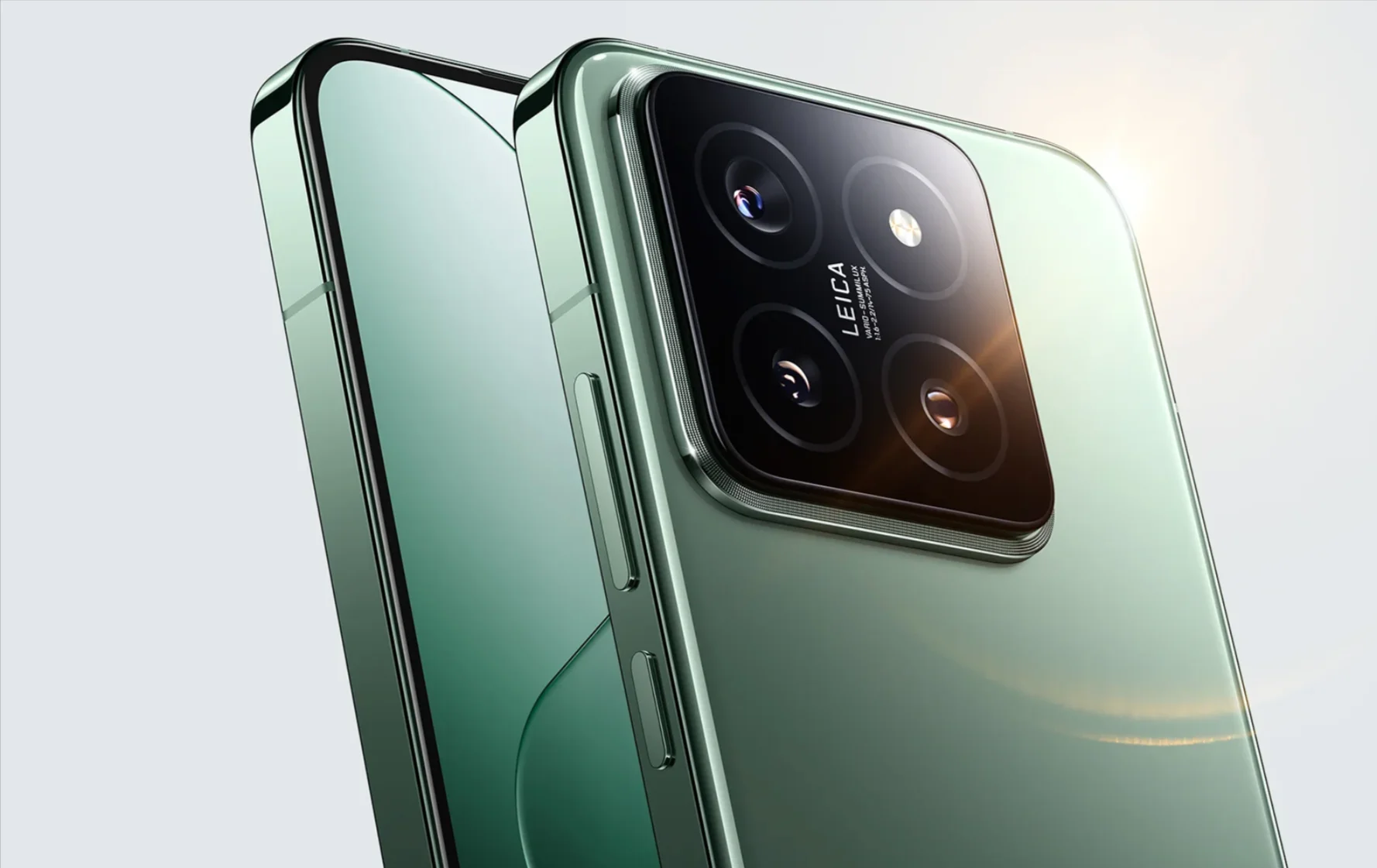
However, Xiaomi isn’t without its challenges in the Irish market. Perceptions of being a “budget” brand compared to Apple and Samsung still linger, and competition from other Chinese brands like Oppo and Vivo remains a factor. Despite this, its focus on innovation – evident in features like Leica-tuned cameras and the integration of HyperOS – has been instrumental in elevating its brand image.
Opportunities for Xiaomi in Ireland
The future looks bright for Xiaomi in Ireland, with several key opportunities the brand can leverage:
Expanding into the Premium Segment: With devices like the Xiaomi 14 and the upcoming Xiaomi 15 Ultra, the brand has a genuine chance to compete at the high end, attracting consumers seeking alternatives to Apple and Samsung. The Leica collaboration is a significant differentiator that can appeal strongly to photography enthusiasts.
Strengthening Offline Channels: While Xiaomi has excelled online, broadening its presence in physical retail stores and forging deeper partnerships with local carriers could boost its reach, especially in Ireland’s more rural areas.
Focusing on Sustainability: Irish consumers are increasingly conscious of environmental impact. Xiaomi could gain favour by highlighting devices made with recycled materials or by offering robust recycling programs.
Leaning into 5G and AI Innovation: With 5G adoption on the rise, Xiaomi is well-positioned to solidify its leadership in affordable 5G handsets. Moreover, integrating cutting-edge AI features, like those hinted at for the Poco X7 Pro, could attract the more tech-savvy user base.
Conclusion: Xiaomi, a Brand on the Rise
Xiaomi, alongside Redmi and Poco, has proven that you don’t need to spend a fortune to get a quality smartphone. In Ireland, models like the Redmi Note 13 Pro 5G, Poco X6 5G, and Xiaomi 14 have captured consumers’ imaginations, thanks to their blend of innovation, design, and price. With solid market penetration and clear avenues for growth in both the premium segment and offline retail, Xiaomi is set to continue making significant inroads on the Emerald Isle. If you’re on the hunt for a phone that offers more for less, Xiaomi is a brand you absolutely can’t afford to ignore!
Do you own a Xiaomi, Redmi, or Poco? Let us know your favourite model and why in the comments below! 🚀
